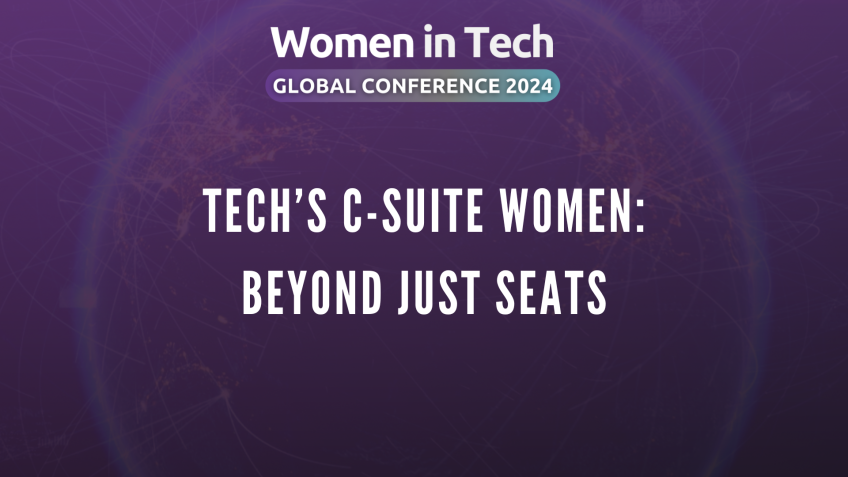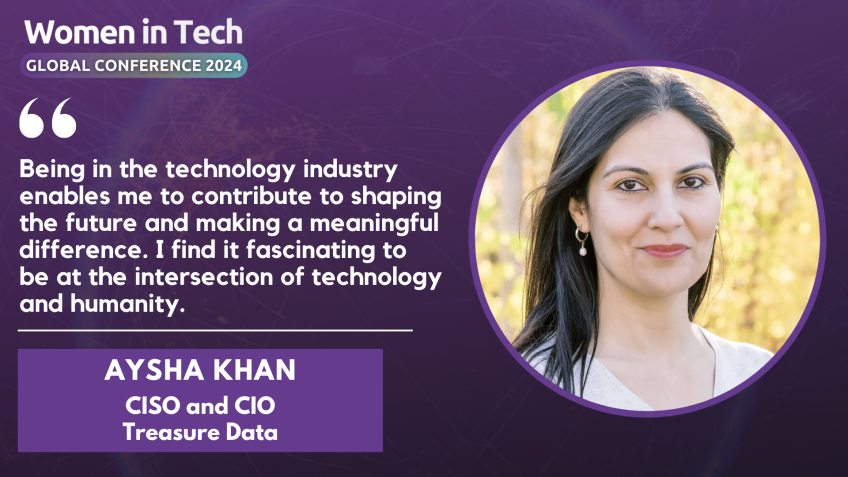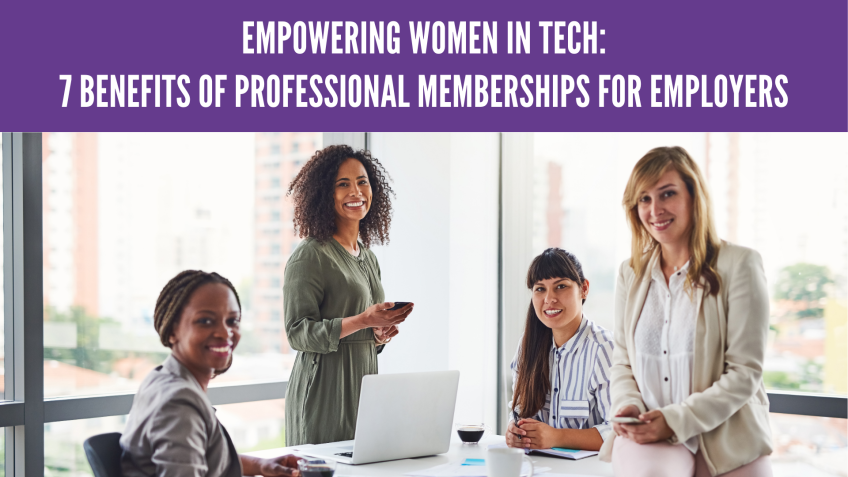Graciela Perez - Focus your energy on what really matters
Focusing Your Energy on What Matters
Hi there! It's me, Graciela Perez from Lean Sigma Tech. With over 25 years of guiding digital agile and Lean transformations, I'm passionate about bringing the best out of people. Today, I'm going to show you how to focus your energy on what truly matters.
Understanding Where You Spend your Energy
It's crucial to take time to understand where you spend your energy. Analyzing where I give my energy helps me choose the activities that align with my purpose. A useful tool for this is the 'Total Leadership' book by Stu Friedman which covers four categories - self, community, home, and work. Prioritizing these categories can guide you to a richer life.
Focusing Energy on What Matters
Efficiently channeling your energy requires distinguishing between time and energy spent. For instance, working 16-hour days might seem productive, yet, these often dilute energy. I want to share an easy-to-use tool to help focus on the right things.
Identifying Your Key Customers
Whether it's friends, family, your employer, or clients, we all have people who ask us to do things. A practical tool for identifying key customers is 'stakeholder engagement'. Understanding who your customers are is crucial in focusing your energy efficiently.
Addressing Pains
Ask yourself - how can I focus my energy to address the 'pains' in my life? Perhaps you want a promotion, or extra time with family, or some self-development. These pains may indicate areas of life that are misaligned with your energy patterns.
Moving from Being a 'Pusher' to a 'Puller'
IPO stands for Input, Process, Output. Instead of overwhelming yourself with endless tasks, it's essential to shift from being a 'pusher' to a 'puller'. Understand what the specific problem you need to solve is (the output), who the customer of the process is, and then measure these aspects. This focused approach will make you more efficient and will help you channel your energy more effectively.
Applying the IPO Approach
Let me illustrate this with an example. A president of my former company once requested a business newsletter. Instead of jumping to the to-do list, I applied the IPO model. I sought clarity on the problem – it was about communicating the company strategy. I went to the business team (our customers) for their preferences about newsletter delivery. And, I worked out a net zero cost by managing my time intelligently. This strategy made me a 'puller' and enabled me to present an efficient and effective solution.
Conclusion
By focusing energy in a more efficient and mindful manner, you can become a better leader, friend, coworker, and family member. Use the IPO tool and the principles of Total Leadership to guide your energy towards the areas of your life that truly matter to you. Remember, direct your energy smarter, not harder!
Video Transcription
Uh Yeah. So today we're gonna focus our energy on what really matters and what really works. Uh My name is uh Graciela Perez and uh I'm the founder of Lean Sigma Tech, over 25 years of leading transformation with digital agile and Lean.I'm a Scrum master, a master black belt and blah, blah, blah. You can read my all the good info on uh linkedin. I do wanna think, say thanks to uh um Anna Margo. I don't know where you get all your energy, but it is really where it matters and we have our um our women tech global ambassadors, the 2021 speakers and all of you who've been so engaged with your chat. So Margo is gonna help me with the chat. So if you can put in questions in there or comments, she can then just insert as she comes in and then I think that will work out great. So let's go. So, you know, hopefully you've attended some of the um sessions on purpose. And I think Alexandria, Agria had a, had a presentation. She said purpose is the secret sauce. I love that. And so why, why are we here. Why do we do what we do? My, why is I really try to bring out the best in people? And that allows me to choose where I give my energy. And so you can see this little spider diagram. Uh I went in just on a little Excel spreadsheet rated. Where do I put my time?
And um I have to say it hasn't always been like this, but more recently, I've really been using these tools I wanna share with you a super simple tool that if your spider diagram doesn't look uh well rounded or where you wanna be. Certainly the love of my life to me, I need to spend more time with him and I feel like I could spend more time uh on myself as well because I've, lately I've been giving so much to the community, which is great. I haven't been always able to do that. So, understanding where you give your energy is really, really key. So where to focus your energy. There's this really great book called Total Leadership. Um It's by Stu Friedman. He has a blog, you can look him up on linkedin and he talks about how to be a better leader and how to have a richer life. And if you look at these four categories, self, community, home and work self is really gonna be like, how do you improve yourself? Uh whether it's physically emotionally um is it uh are the the skill set that you're building for yourself to be a better person, to be a better version of yourself.
Um Just being here today, you attending the session, you can put a little check part in both community and self because you're engaging and networking hopefully. And um and then also you're improving yourself through attending these really great insightful presentations. Um But this is how my little spider diagram used to look. And I, I've used some pie charts just to make it a little bit easier. But I used to spend a lot of time at work. In fact, in my last job, I was spending 16 hours a day at least eight hours for sleep, for, for self, for community and home. And it really just wasn't working out well. And if you think about what I just mentioned, I said 16 hours of time, I didn't say energy. So even though I was 16 hours at work, I would say that a lot of energy during that time was spent not in work but stress. And so one of the key things I wanna talk about if you wanna be really happy, the thing to do is to look at where you focus your energy. And I wanna share with you a tool today that's gonna help you focus on the right things. So let's start with thinking about customers, everything we do has customers internal, external customers, they are the family or friends, they're the boss man or boss baby or boss woman, our, our coworkers.
Um They're people who are asking us to do something and often customers are paying us to do something. There's a really great tool if you want to write it down, if you've got something to write with, and it's called a stakeholder engagement and you can just Google that and it'll come up with these really great. Usually they're two by two matrices that help you focus on who are your key customers. So if you're not really sure who are your key customers, they're gonna be your friends um family, they're gonna be people who pay you to do something. So those of you who are consultants, um you're, you know, you're pretty clear on who your customers are, but you might have internal customers that work with you or for you that are also equally important and this is gonna pay, play a really key role, knowing who your customers are and learning this tool, this simple tool that we can all use.
So how do we focus our energy, not just our time, you don't want the 16 hour days where you're only focusing 50% of your energy that's just spinning your wheels. The way to do this is to start about thinking about what pains you. And so think about in the last, you know, couple days even, you know, to attend this conference, a lot of us have had to make what you know, move stuff around either family commitments or work commitments or studying. Um, we've actually had to make room for this to happen. And so what I'm gonna try and help you do is look at how do you make more of the good things like this, you know, building yourself, building your community, how do you make more of that happen? And so maybe it's, you know, you want a promotion and that's been a pain for you because you're trying to figure out how to carve time and focus your energy in getting a promotion. Maybe it's spending more time with family work and other requirements are requiring you to spend less time with family. Even though if you look at where you want to spend your energy and total leadership, family should play a key role for you. Maybe it's around self development or delivering on code or delivering uh a project or maybe a final exam, whatever it is. If these are pains for you, they're not in flow with your energy. How do you make them more?
So how do you get more fix uh um efficient? So you can, you know, focus your energy on what really, really matters to you. So knowing what matters is kind of that first step, knowing what the pains are that keep you from focusing your energy on what matters is where we're gonna go to now. So we're gonna learn this quick and easy tool on how to focus your energy. What I'd like you to think about is how do you move from and that should be being a pusher to delivering based on pull. So you don't want to be pushing lots of data and information out to people and, and you're totally unaware that they don't even want it. So here's your IP O and IP O is not an initial public offering as most, most of you might be used to, it stands for input, process output. And so where you wanna start is getting clear on the what? And I'm gonna give you an example to make this even super easy and clear for you. So you want to get clear on the what and then you don't wanna start with once you know what to do, start thinking about your to do list.
So how many of you have a to do list? So Margo help me if you got any comments on chat, there, is any anyone, anyone out there use uh a checklist or to do list, you start your day with, what do I need to do? What you really wanna do is start here? So I'm not saying that checklist aren't, aren't, you know good. In fact, those of us in agile, we have a backlog, right? So we have a product owner, they give us a backlog, it tells us what we need to get done and when in our sprints. However, in our day to day where we focus our energy. If we get clear on the what and not spinning the wheels and trying to, trying to define a problem that maybe your customers have a different view on. You end up doing a lot of things in your input that really have no value. And so you're focusing your energy on things that don't have value. If you start here in the metric side, understanding what's critical to your customer, you are gonna be super efficient and you can focus your energy smarter, not harder, you're gonna become a mover away from being a pusher.
So you're gonna move away from being a pusher to becoming a focus pull person who's very, very efficient and focused with where you put your energy. So I'm gonna give you a quick example here and this is, you know, uh and this actually happened to me. So I had a president who said we need a business newsletter and guess what? I had fear and what happens when you have fear? Does anyone know about the adrenaline response you get? So you got fight or flight, but you can also just be frozen. So there are actually three responses. And for me, I just was hoping that this would go away. This president used to ask for a lot of things, you know, you throw spaghetti against the wall and you, you look, you wait to see what sticks. And so fear struck and what I did is I said I do once I dusted off my fear, my initial reaction, I said, hey, I got this great tool, the IP O the input process, output tool. And so what it did? First of all is I had to get clear on what was my boss really asking? He was saying, get the newsletter to our business team. But I needed to know what, what are you trying to solve? What problem are you trying to solve with the newsletter? And will a newsletter actually fix it? And you know what? He actually really wanted a newsletter, however, but he re what he really, really wanted.
When I asked him what problem he was trying to solve the problem he was trying to solve was how do we communicate strategy to our team? They have no idea what our strategy is. We at the leadership team know what our strategy is, but nobody else knows about it. So I went to the business team and which is step two, you go to the customer. So who's gonna be the customer of that newsletter, the business team and ask them not, do you need a newsletter? But hey, if I'm gonna communicate to you in a newsletter about our strategy, what is, what's the best time? You know, what's it gonna look like the content? What's gonna have meaning to you? And then what you wanna do is step three, use that input to form your outputs. So the customer, you find out what's really critical to them and you'll notice here, I actually didn't say, hey, I want it once a month when, you know, during that month, you want it because a lot of times with communication, people get bombarded on the first Monday of the month or maybe Mondays are really bad for people or maybe it's the last day of the month when everyone's trying to put things in before the end of the month.
And so if your outputs are really clear and they are measurable, you're going to be much more successful. You wanna also define your metrics. So zero cost meant I had no budget, but there is a cost to my time. So what you can say is maybe it's a net zero cost where I take the 12 hours a month, I'm gonna spend on a newsletter and then let go and delegate something else on my plate and then go back to the president and say, hey, great, I'm good on this newsletter. Just wanna make sure these outputs resonate with you. Oh, and by the way, here's what I'm gonna delegate so that I have time to really devote to this and do it well. So that's step three. So step one, get really clear in the problem you're trying to solve. Not just the deliverable, step two, who's the customer of that process? And then step three, how do you measure now most of us actually would have talked about that newsletter and said, oh my gosh, here's all the things I need to do. And then you'd immediately go to your friends and say, hey, can you help me? Right? Your resources. You might even go to a vendor and say I need a vendor to do this. If you start with step 12 and three, you're gonna have much more focused energy so that when you go to your inputs, you're not buying flowers when you're really buying flowers has nothing to do with getting a great newsletter out. Um even better.
And when you go and get resources, they're gonna trust you because they actually have the same total leadership challenge that you have. They have their own circle of community work, you know, self and, and, and really in need to then also make sure that they're delivering on what's important to them. If you come to them with the much more focused, here's what I need you to do. They're gonna appreciate that and when you come back and help them and ask for their energy, they're more likely to serve you as well and work with you. So that's the IP O and if you have any questions as we're, we're sharing this, just um put them in the little thing, the little chat box and Margot will help me. So focus energy makes you a better leader, friend, coworker, family member, partner and much more. And So moving from that previous sphere that I showed you that had work consuming my life, this is probably a little bit more around what, what reality looks like these days. I'm much happier. People around me are much happier and I'm actually more a better able to deliver on my focus, which is at bringing the best uh in people. I don't think I would have had in the previous me time to commit to a full week with women tech.
And I can tell you that um joining the sessions and networking with you has been so, so valuable and it's really allowed me to focus my energy where it matters. So that's all I have to share with you. I'm happy to take questions if we have time Margo um You can use that IP O tool. If you're gonna search for this tool on um Google, you can actually look for S IP OC because S stands for suppliers, C stands for customers or you can look up IP O but IP O is gonna give you initial public offering.
Yes, of course. Yeah, it was um Graciella. Thank you so much for being here. I know you were asking about questions and most people were giving comments in the chat saying yes, I do and answering your questions. So, and this is funny, Graciella. I pulled up a picture of you because I thought here we can show people this is what you look like even though we can't see you right now for everyone joining
us, I have got it. I had a picture in the beginning. So I'm like, yeah, no, no, no,
it was so good. Graciella. Your voice was perfect. Yeah, there you are in the bottom corner. Um along with your slides, everything went very, very well. Thank you so much for being here. We are actually you did a great job. We're exactly at time. So I'm going to let you uns share everything and we will see you backstage. Thanks so much Graciella for being here.





